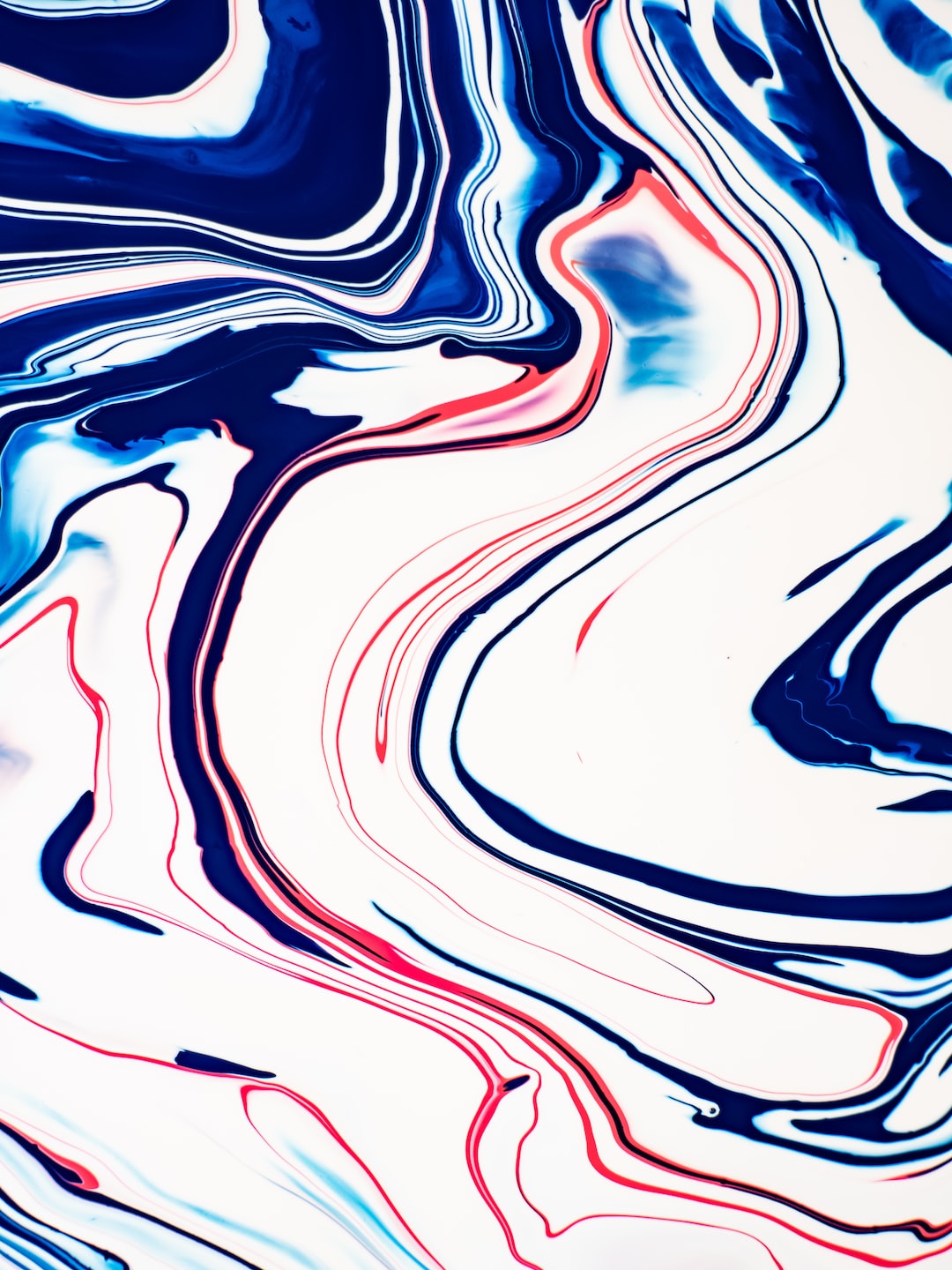The Timeless Beauty of Renaissance Sculpture
Throughout history, art has reflected the time and culture in which it was created. From the majestic pyramids of Egypt to the serene landscapes of the Impressionist era, each period has left its mark on the artistic world. However, there is one particular movement that continues to captivate audiences with its timeless beauty – the Renaissance.
The Renaissance, which spanned from the 14th to the 17th century, was a time of great change and rebirth in Europe. It marked a shift from the medieval age to a period of renewed interest in science, architecture, literature, and most importantly, the arts. One of the most celebrated aspects of the Renaissance is undoubtedly its sculpture.
Renaissance sculpture embraced the classical ideals of ancient Greece and Rome, aiming to revive the perfection of human forms and emotions. Sculptors such as Michelangelo, Donatello, and Bernini created works that captured the essence of the human spirit and showcased the beauty of the human body in its purest form.
One of the defining characteristics of Renaissance sculpture is its attention to detail and realism. Sculptors meticulously carved every muscle and vein, creating pieces that appear almost lifelike. The marriage of naturalism and idealism made the sculptures incredibly relatable and captivating to viewers.
The subject matter of Renaissance sculpture varied greatly, ranging from religious figures to mythological creatures. Religious sculptures, such as Michelangelo’s “Pieta” and Donatello’s “David,” depicted scenes from the Bible with a level of emotional intensity previously unseen. These artworks not only served as religious symbols but also as reflections of the human condition, evoking feelings of awe, vulnerability, and triumph.
In contrast, mythological sculptures, like Bernini’s “Apollo and Daphne,” brought ancient stories to life. They captured the passion, drama, and beauty of these mythical tales, inspiring viewers with the power of imagination and storytelling.
The use of classical forms and techniques in Renaissance sculpture also played a crucial role in its enduring appeal. Sculptors drew inspiration from ancient statues and bas-reliefs, studying their proportions, poses, and drapery. By integrating these elements into their artworks, they created an aura of timelessness that continues to resonate with audiences centuries later.
Today, Renaissance sculpture can be found in museums, churches, and public spaces worldwide. Its influence can be seen in countless works of art, from renowned masterpieces to contemporary sculptures. The timeless beauty of Renaissance sculpture transcends time and cultural barriers, connecting people from different backgrounds and perpetuating the appreciation of human creativity and expression.
In conclusion, the Renaissance period left an indelible mark on the artistic world, particularly in the realm of sculpture. The attention to detail, realism, and classicism of Renaissance sculptures make them truly timeless. They continue to inspire and captivate audiences today, reminding us of the enduring power and beauty of art throughout the ages.


